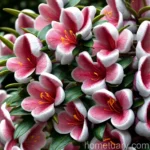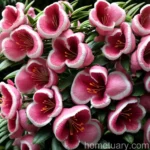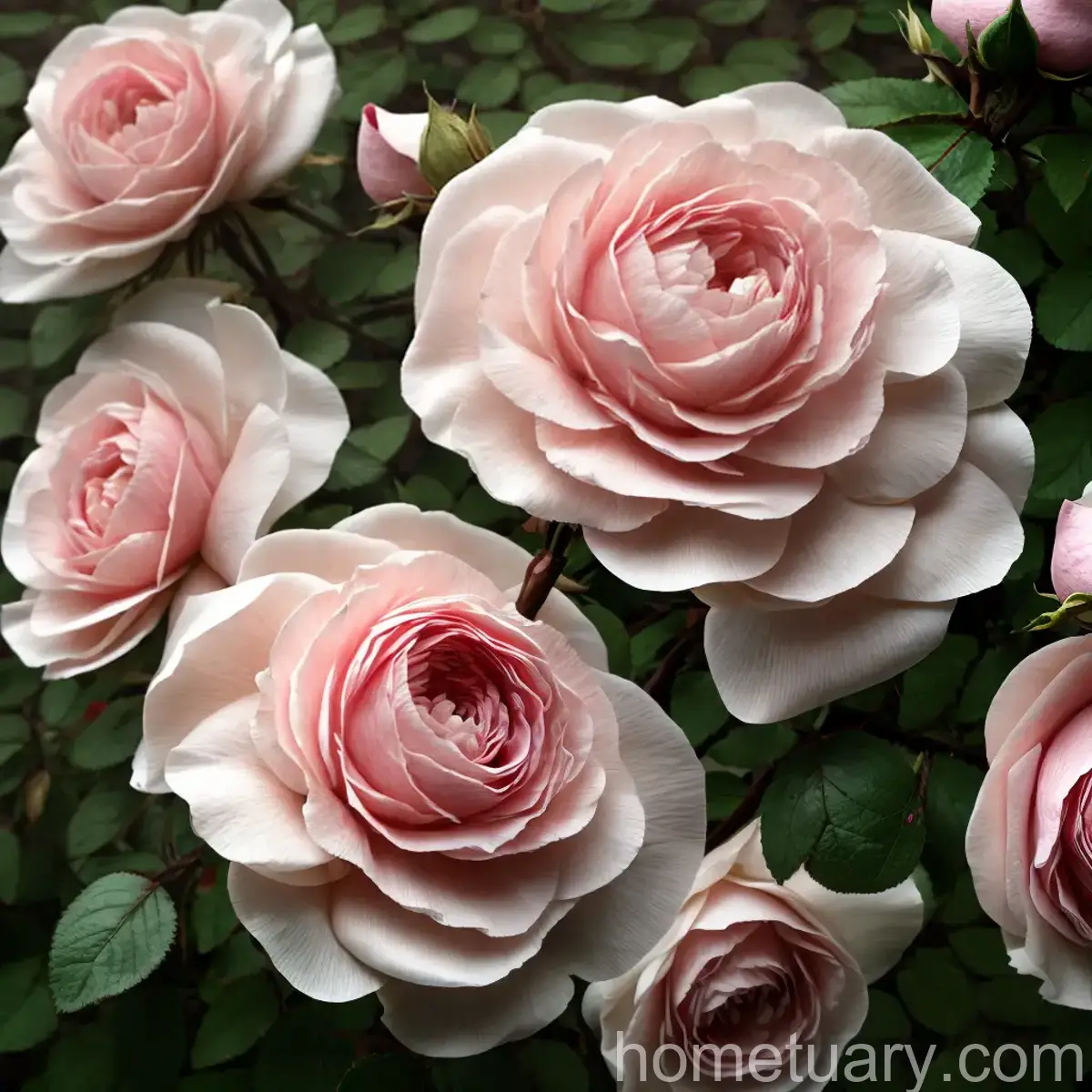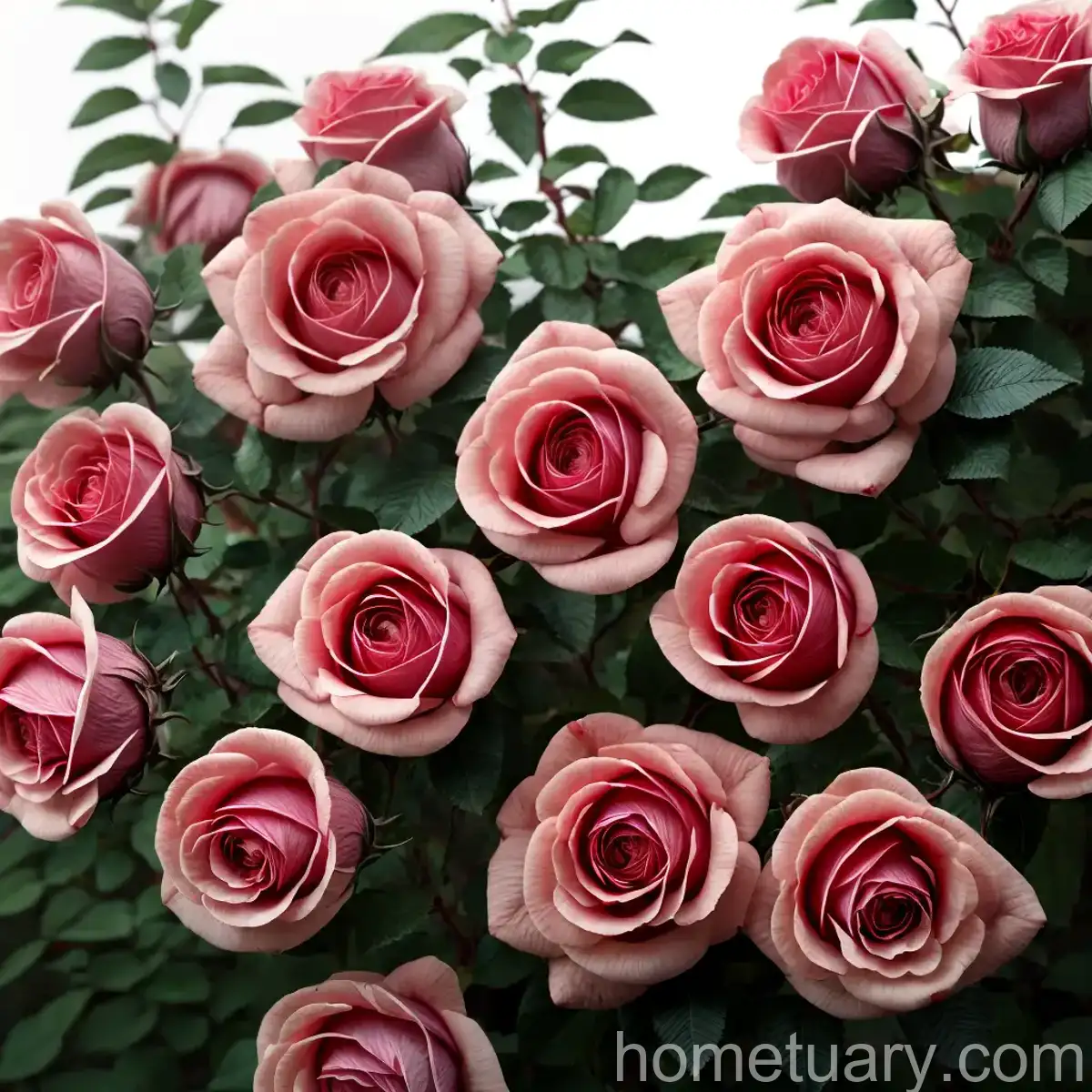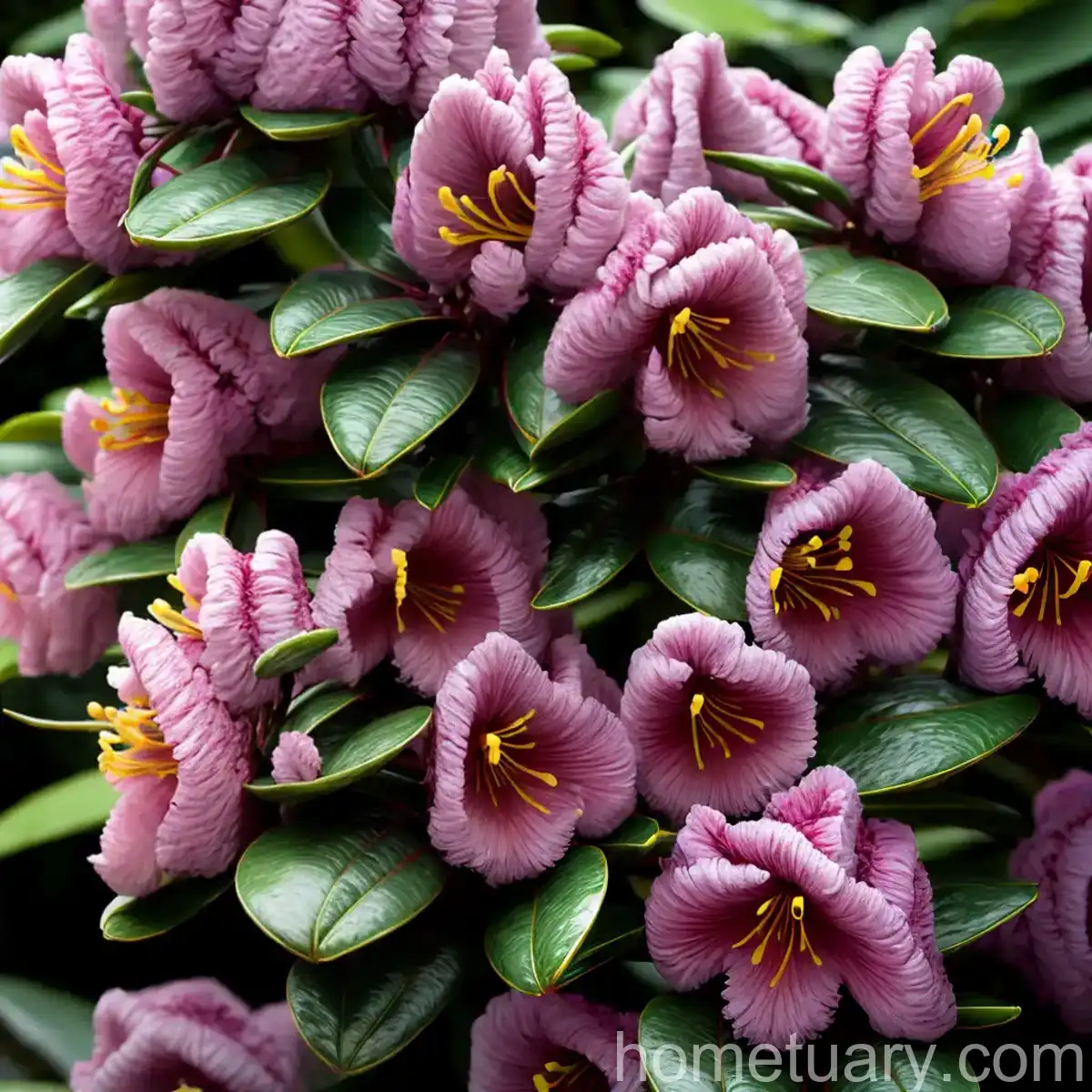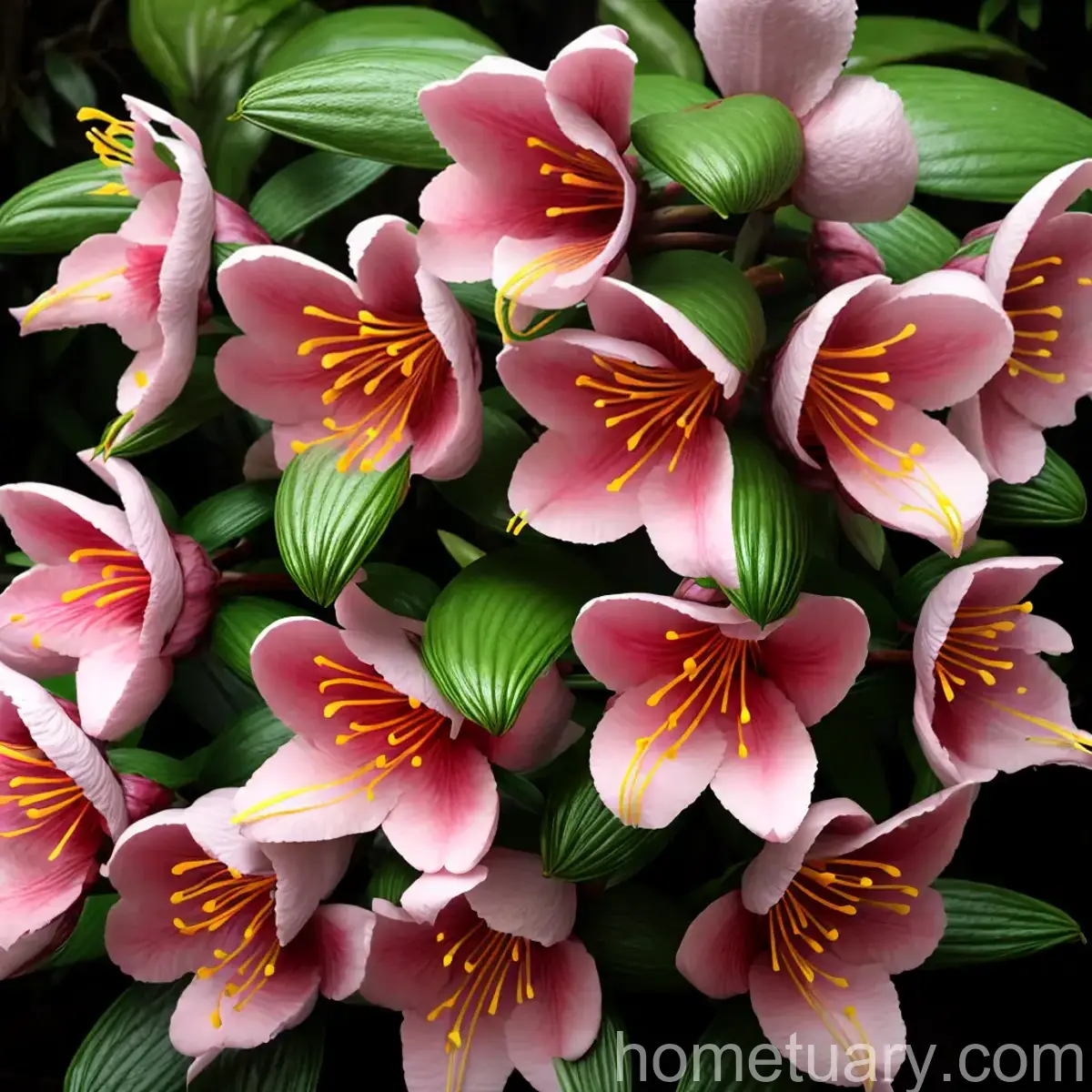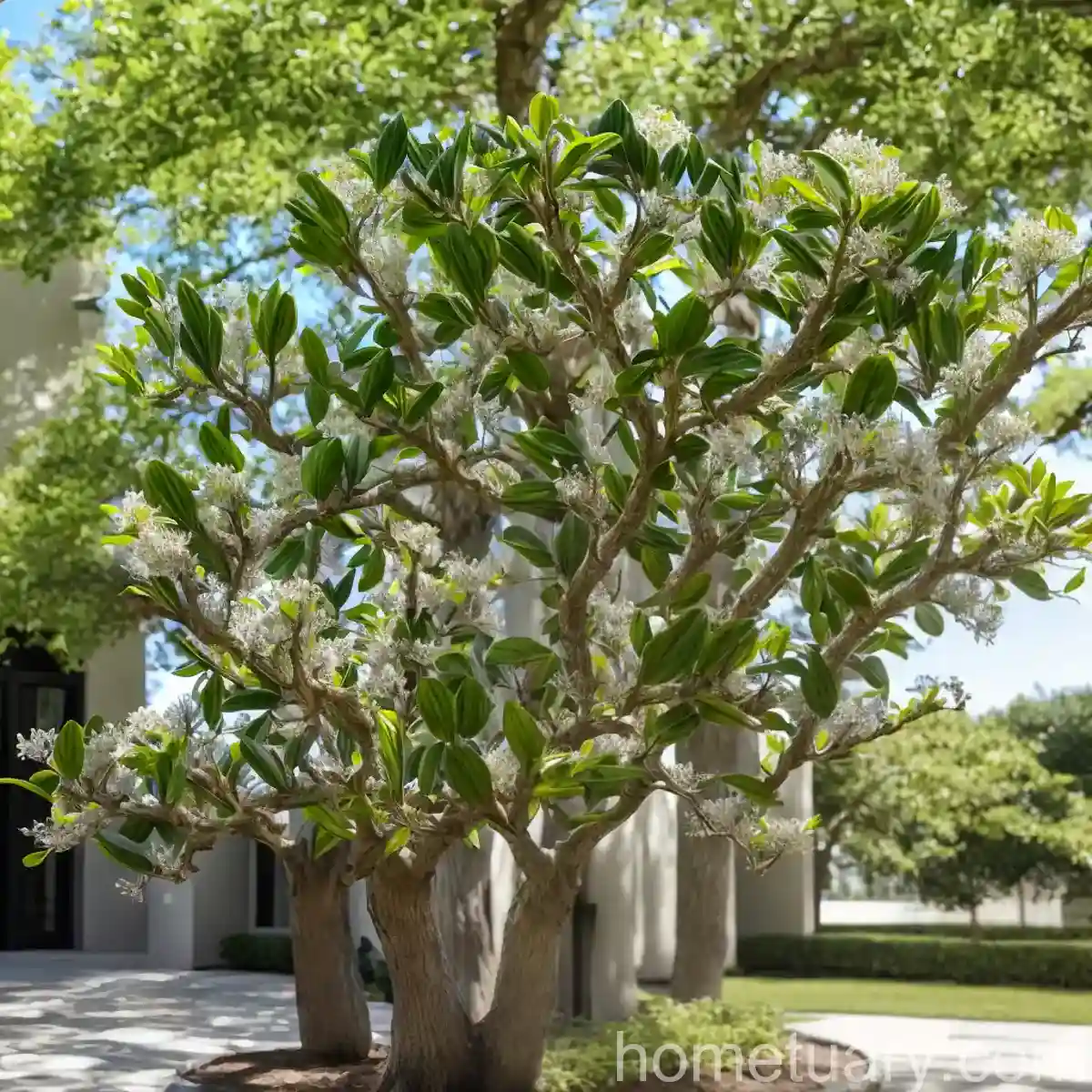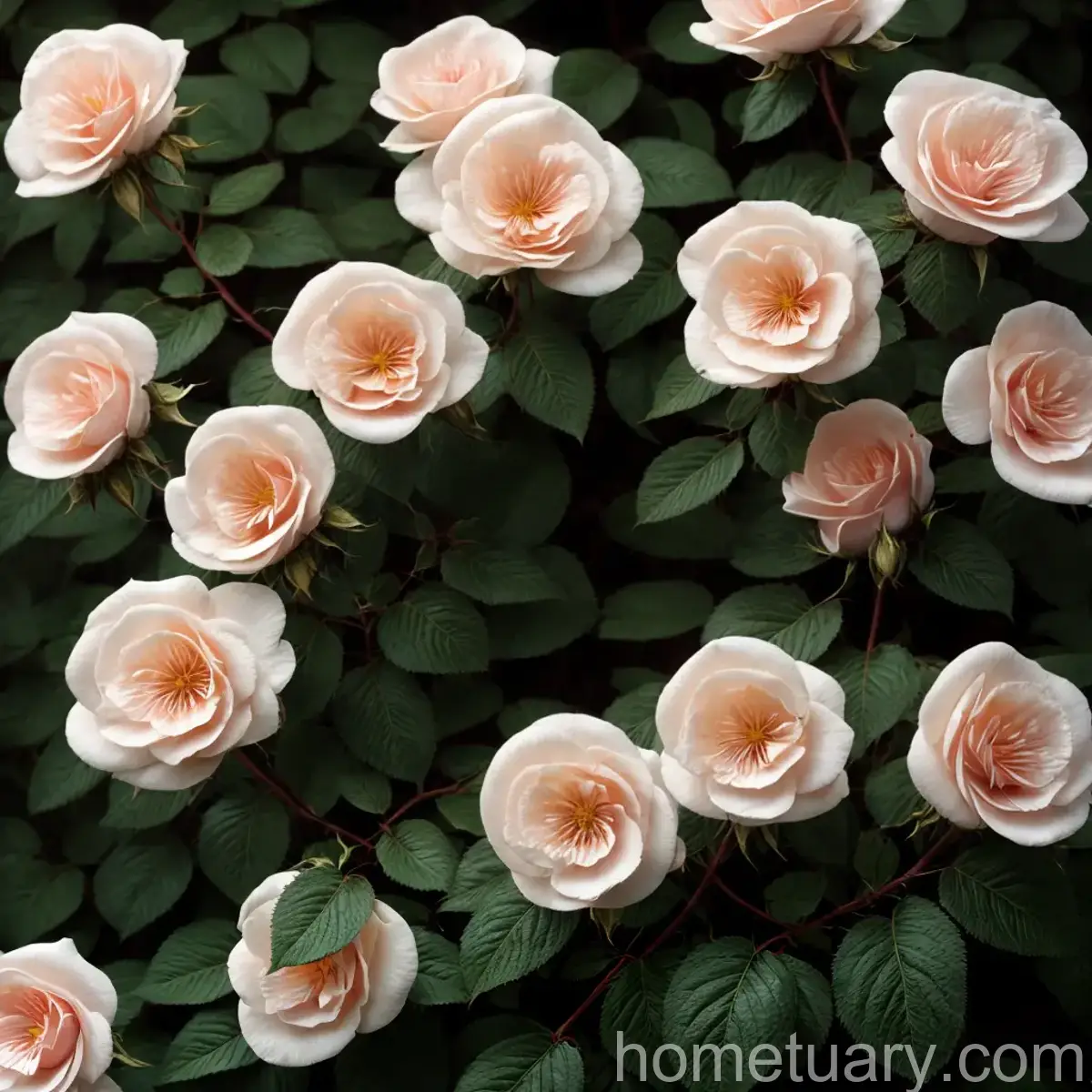The Beautiful Rhododendron ‘Lodestar’
What is Rhododendron ‘Lodestar’?
Rhododendron (Rhododendron ‘Lodestar’) is a stunning evergreen shrub that is celebrated for its large, showy flowers and lustrous foliage. This particular variety, ‘Lodestar’ is highly sought after for its vigorous growth habit and captivating appearance. The plant belongs to the genus Rhododendron, which is a diverse group of woody plants known for their ornamental value. Rhododendrons are widely admired for their ability to thrive in many different climates and their impressive range of colors and sizes.
Key Takeaways – Rhododendron ‘Lodestar’
- Plant Name: Rhododendron ‘Lodestar’
- Family: Ericaceae
- Type: Evergreen shrub
- Mature Height: 6-8 feet
- Mature Spread: 5-7 feet
- USDA Hardiness Zones: 5-8
- Bloom Time: Late spring to early summer
- Flower Color: Pink and white
- Foliage: Dense, glossy, and dark green
- Sunlight: Partial to full shade
- Soil: Well-drained, acidic
- Uses: Borders, woodland gardens, containers, and foundation plantings.
- Special Features: Showy flowers, attractive foliage, and low maintenance
Culture
Water
Rhododendrons, including ‘Lodestar’, prefer consistently moist but well-drained soil. They do not tolerate waterlogged conditions, so it is essential to avoid overwatering. During the establishment phase, regular watering is crucial to ensure that the plant’s root system develops well. Applying a layer of mulch around the base of the plant can help maintain soil moisture and regulate the temperature.
Sunlight
These plants thrive in partial to full shade, making them a perfect choice for sheltered locations in the garden. They can tolerate some morning sun but should be sheltered from the intense afternoon sun, particularly in warmer climates. This makes ‘Lodestar’ a great option for brightening up shaded areas of the garden.
Fertilizer
A well-balanced, slow-release fertilizer formulated for acid-loving plants is recommended for Rhododendron ‘Lodestar’. It is best to apply the fertilizer in early spring before new growth begins. Always follow the application instructions on the fertilizer packaging, and be careful not to over-fertilize, as this can harm the plant.
Soil
The soil for Rhododendron ‘Lodestar’ should be acidic with a pH level between 4.5 and 6.0. It is essential to ensure good drainage, as rhododendrons do not tolerate waterlogged or compacted soil. Amending the soil with organic matter, such as pine bark or peat moss, can help improve both the acidity and the structure of the soil.
Pruning
Minimal pruning is generally needed for Rhododendron ‘Lodestar’. The best time for pruning is right after the plant has finished flowering. This way, the next season’s flower buds are not disturbed. Pruning should focus on removing dead or damaged branches and shaping the plant for a tidy appearance.
Propagation
Rhododendron ‘Lodestar’ can be propagated through several methods, including seeds, cuttings, and layering. Propagation from seeds is a slow process and may not produce plants that are identical to the parent. Propagation from cuttings is a popular method and typically yields plants that are true to the parent. Layering, where a branch is encouraged to form roots while still attached to the parent plant, is another effective propagation method for rhododendrons.
Container Popularity
Rhododendron ‘Lodestar’ is well-suited for container growth, especially for gardeners with limited space or those looking to create vibrant, mobile displays of color. When grown in containers, ‘Lodestar’ requires the same care as when planted in the ground, with particular attention to watering and soil acidity.
Uses
Rhododendron ‘Lodestar’ is a versatile landscape plant that can be used in a variety of ways to enhance the beauty of a garden. Some common uses include:
- Borders: Creating striking borders with its lush foliage and vibrant flowers.
- Woodland Gardens: Adding interest and color in shaded or woodland areas.
- Containers: Thriving in containers, which allows for easy mobility and flexibility in design.
- Foundation Plantings: Providing an attractive and low-maintenance option for the foundation of a house or building.
Common Diseases
Rhododendrons are susceptible to a few common diseases, including:
- Powdery Mildew: A fungal disease that appears as a white powdery substance on the leaves.
- Phytophthora Root Rot: A soil-borne disease that causes wilting and yellowing of foliage.
- Bud Blast: Characterized by the sudden wilting and death of flower buds.
Disease Diagnosis
Diagnosing diseases in Rhododendron ‘Lodestar’ involves careful observation of the plant’s symptoms. To diagnose plant diseases, it’s crucial to look for characteristic signs such as discoloration, wilting, mold growth, and unusual spots or lesions on the leaves. In some cases, it may be necessary to consult with a plant pathologist or local agricultural extension service to accurately diagnose and treat the disease.
Common Pests
Despite their hardiness, rhododendrons can be targeted by a few pests, including:
- Azalea Lace Bug: These tiny insects feed on the underside of the leaves, causing discoloration and weakening the plant.
- Root Weevils: As larvae, they feed on the roots, causing damage and reduced vigor.
- Rhododendron Borers: These insects lay eggs near the base of the plant, and their larvae bore into the stems, leading to wilting and dieback.
Botanist’s Tips
Here are some tips for successfully growing and caring for Rhododendron ‘Lodestar’:
- Ensure proper drainage: The soil must allow for good drainage to prevent waterlogging and root rot.
- Monitor soil acidity: Regularly check and maintain the pH level of the soil to ensure it remains slightly acidic.
- Mulch application: Apply a layer of organic mulch around the base of the plant to retain moisture and regulate soil temperature.
- Prune after flowering: Perform any necessary pruning immediately after flowering to avoid removing next season’s flower buds.
- Regular inspection: Periodically inspect the plant for signs of pests or diseases to address issues promptly.
Fun Facts
- Rhododendrons are the national flower of Nepal, where the plant is native to mountainous regions.
- The name Rhododendron is derived from the Ancient Greek words “rhodon,” meaning rose, and “dendron,” meaning tree.
- Rhododendrons are part of the Ericaceae family, which also includes plants like blueberries, cranberries, and heathers.
Links to External Resources
Adding external resources for further reading and information:
- American Rhododendron Society
- Royal Horticultural Society – Rhododendrons and azaleas
- The Azalea Society of America
- Oregon State University Extension Service – Rhododendrons and Azaleas
- North Carolina State University Extension – Rhododendron & Azalea Diseases
By providing comprehensive insights into the care and characteristics of Rhododendron ‘Lodestar’, this blog post aims to serve as a valuable resource for both inexperienced and seasoned gardeners. With its captivating beauty and relatively low maintenance requirements, this elegant evergreen shrub is a wonderful addition to any garden or landscape.





